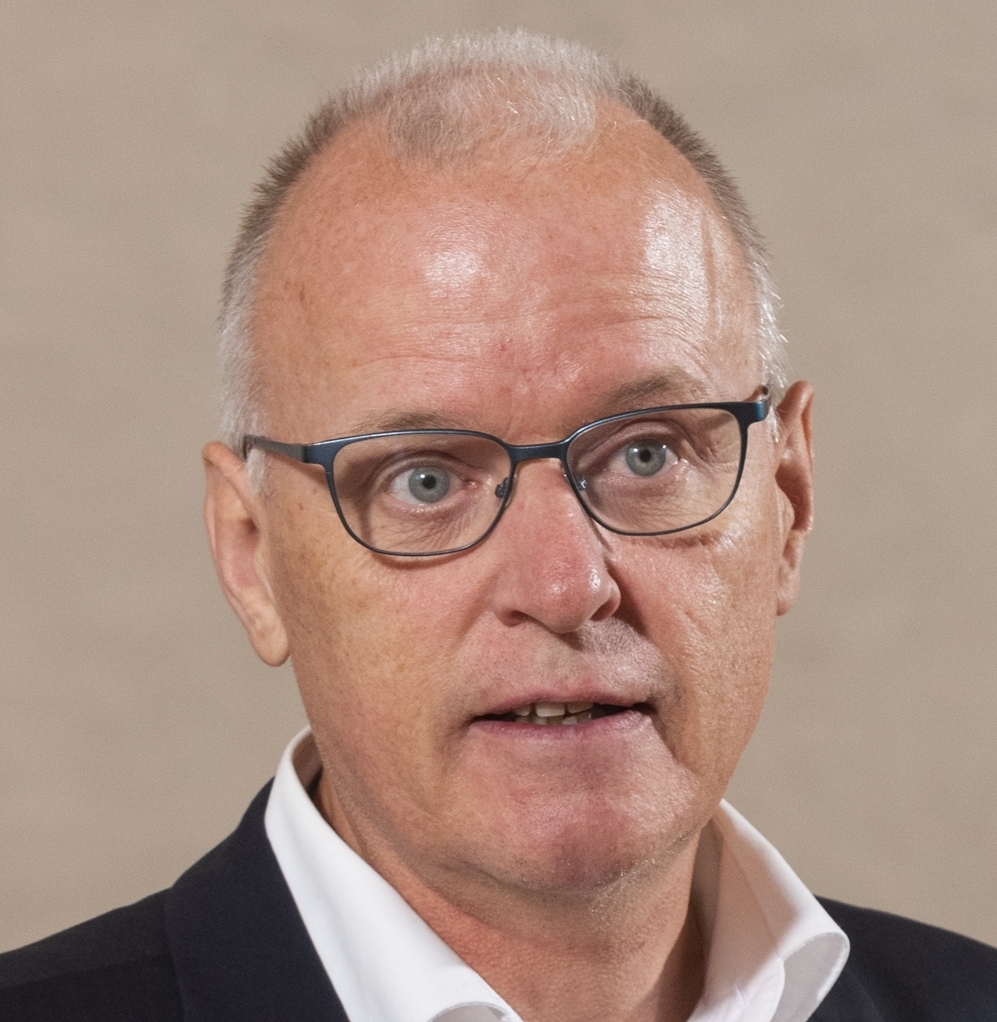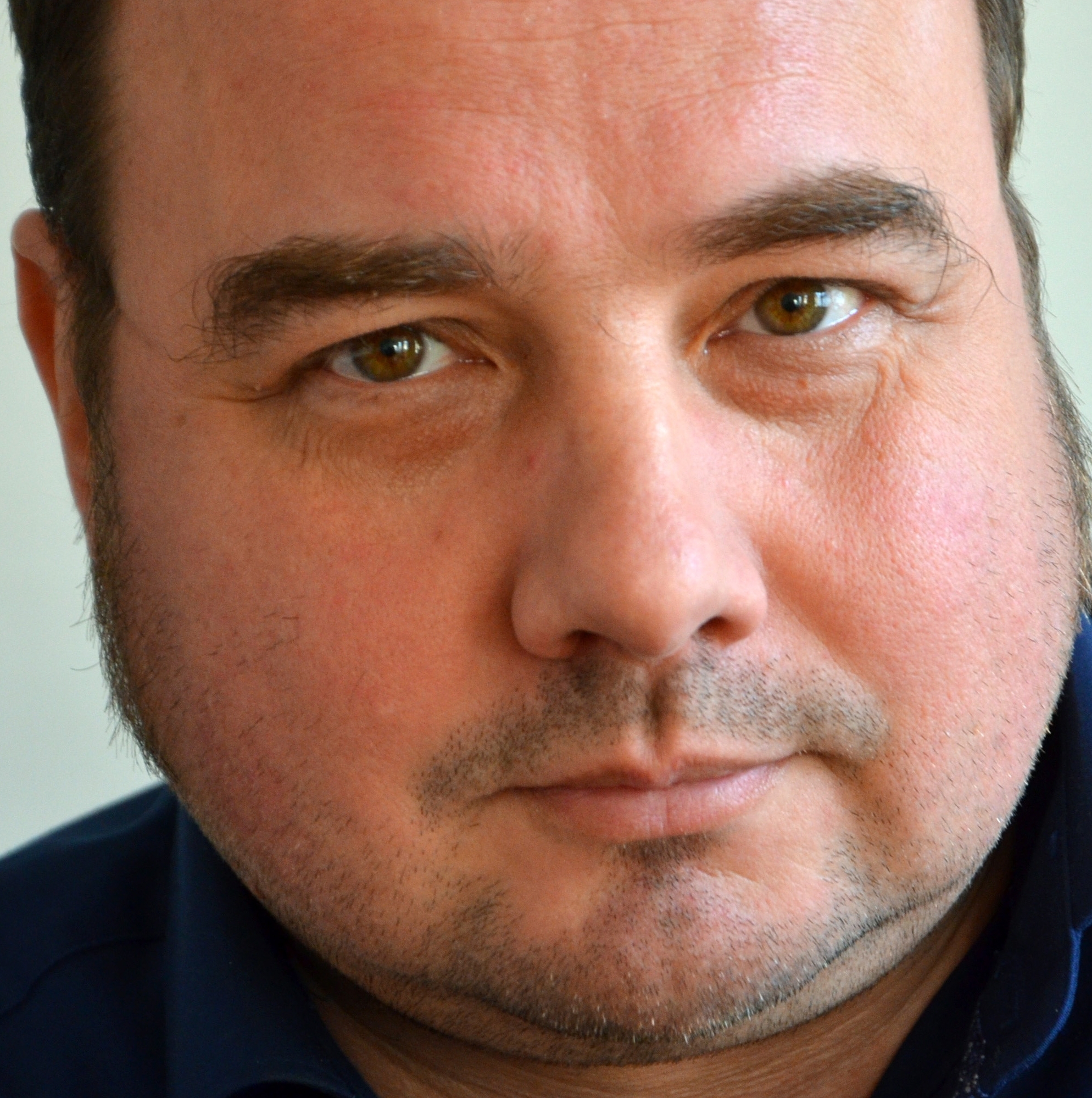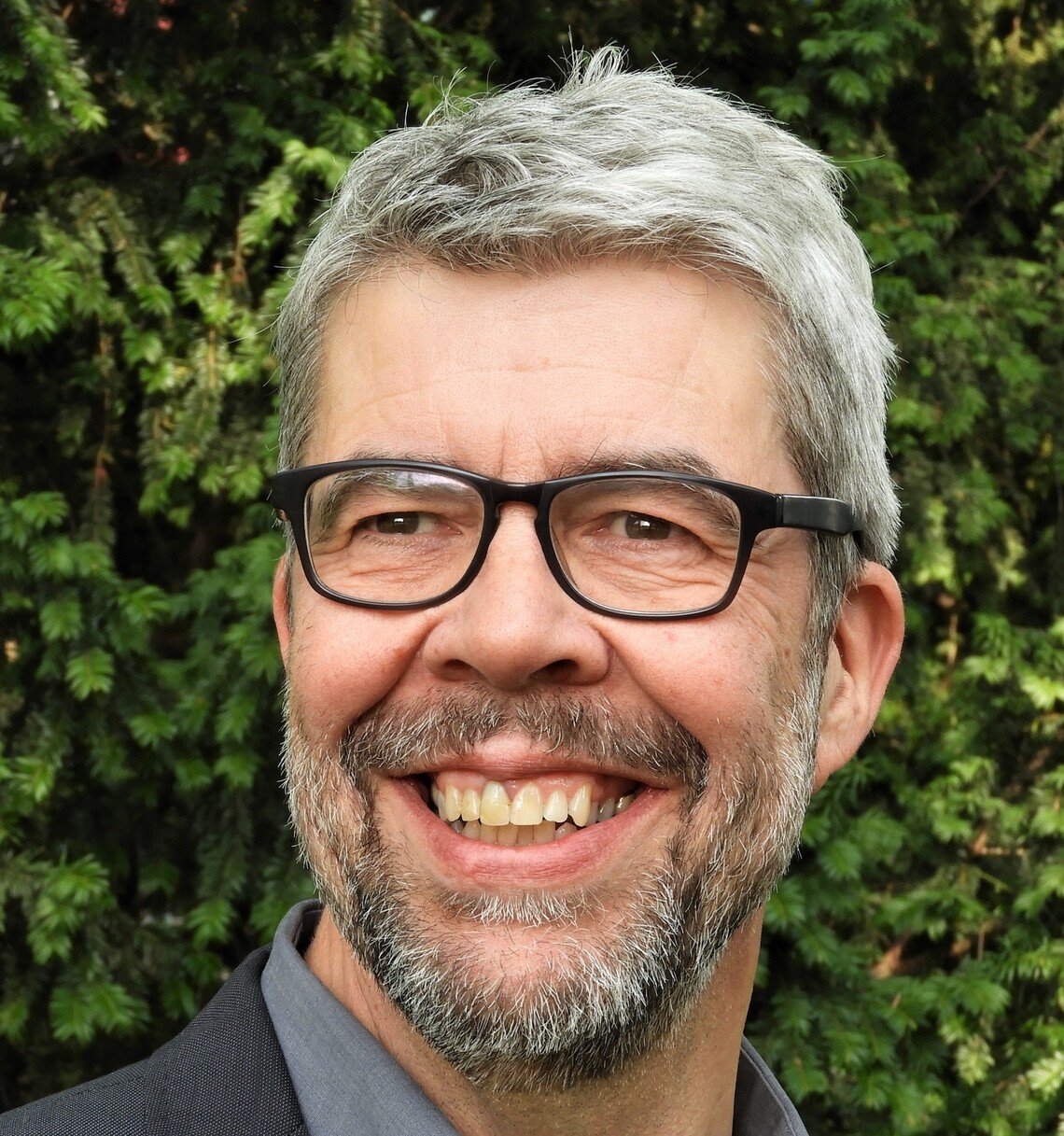Session 4
The perspective of process planning
How to proceed in the planning of the repurposing of church buildings? Who is the initiator? Which stakeholders are involved in the process? Who can offer professional advice? How to communicate?
Repurposing church buildings as a process.

- Name / Titel
- Johannes Stückelberger
- Funktion
- University of Bern, Switzerland
How to find good solutions for church reuse, i.e. solutions that take account of what church buildings represent and are? Churches are places and spaces that have multiple relationships with religion, society and the public. How can these relationships be taken into account in repurposing projects? The paths that lead to good solutions are complex. They require the involvement of various partners, partners who are willing to engage in a process. The lecture discusses what it means to understand church reuse as a process. It names the most important elements of this process, shows which factors need to be considered and outlines the phases and steps. As a process, reusing churches is geared towards the future. Using examples from Switzerland, the lecture shows why church conversions fail in some cases and succeed in others, and what role the willingness to understand a conversion project as a process plays.
Process support in the reuse of church buildings. Experiences of initiatives in North Rhine-Westphalia

- Name / Titel
- Jörg Beste
- Funktion
- Synergon, Cologne, Germany
Since 2006, the state of North Rhine-Westphalia has been researching and monitoring the accumulation of church closures on behalf of the state. For example, the Cologne-based synergon office carried out the model and research project "Zukunft Kirchenumnutzungen" (Future Church Conversions) for the state building ministry. The experience gained from this was summarized by Jörg Beste under the title "Kirchen geben Raum" (Churches give space) with recommendations for those involved in the conversion processes and published by the 'Landesinitiative StadtBauKultur NRW'. Subsequently, field research was carried out for the state initiative and project modules were developed for "information and consulting services for church communities, parishes, municipalities and church administration". StadtBauKultur NRW and synergon are currently implementing these project modules step by step in cooperation with other participants under the title "Future Church Spaces" with a web-based information platform, an experience network and a project to support specific reuse projects. Jörg Beste reports on the approach in NRW and the practice on site, in which the project processes with their actors and participants as well as the various interests are the focus of the investigations and the support services derived from them.
A sustainable strategy for church buildings on all levels, addressing governance issues

- Name / Titel
- Frank Strolenberg
- Funktion
- The Cultural Heritage Agency of the Netherlands, the Netherlands
Broadly organized attention for the preservation of church buildings is relatively recent in the Netherlands. A very important start was made in 2008 with the Year of Religious Heritage. Ten years later, the Netherlands has now a new strategy based on the joint development of long-term visions about a sustainable future for all church buildings: a church-vision. The national church strategy consists of five leading principles: 1. The pursuit of preservation concerns all church buildings, regardless of denomination, age, use or any status as a monument. 2. Sustainable preservation of church buildings can only take place if the future of the buildings is supported locally. 3. Looking ahead strategically, not acting when problems arise.4. Cooperation of all parties. 5. The assignment is complex and unique per city or village. So there are no general rules. The instrument of church vision was introduced in the beginning of 2019. Local governments - who are not the owners of church buildings in the Netherlands! - can get financial support depending on how many church buildings they have within their borders. This happens under one condition, namely that they have to work together with the churches and locals to create this joint church-vision. Until now 99 of the 355 Dutch municipalities are working on their own church-vision. That means that, together, people are currently considering 2,900 of the 7,000 church buildings in the Netherlands. The presentation will elaborate on how a church-vision works and what it takes to successfully complete it.
Chair

- Name / Titel
- Johannes Stückelberger
- Funktion
- University of Bern, Switzerland
